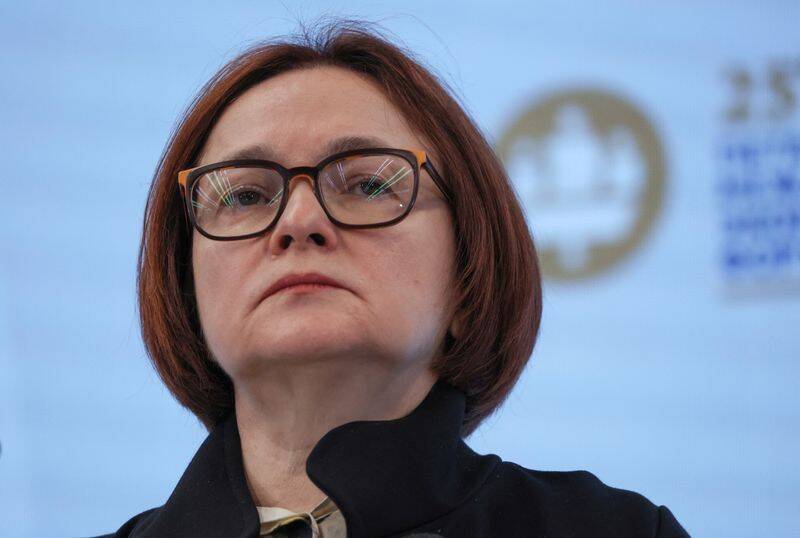Advertisement
Advertisement
Search Indicator:
Choose Country 
Malta Balance of Trade
Last Release
Sep 30, 2025
Actual
-307,800
Units In
EUR Thousand
Previous
-326,800
Frequency
Monthly
Next Release
Dec 10, 2025
Time to Release
28 Days 12 Hours
Highest | Lowest | Average | Date Range | Source |
301,100 Sep 2024 | -904,025 Jul 2025 | -156,760.93 EUR Thousand | 1996-2025 | N/A |
Malta enjoys a favorable geographic position and large deposits of limestone, which contribute to the strength its export sector. As an island, Malta produces only around 20% of its food necessities, has limited access to fresh water and lacks energy sources. Due to this mix of factors, the economy of Malta is very dependent on foreign trade. Malta mostly exports electrical machinery, mechanical appliances, fish and crustaceans, pharmaceutical producuts and printed material. On the other hand, Malta is a net importer of mineral fuels and oils, non-electrical machinery, aircraft and other transport equipment, plastic and other semi-manufactured goods, food, drink and tobacco. Malta adopted the Euro in 2008, highlighting the status of the European Union as its most important trading partner, having vast trade flows specifically with Italy, the United Kingdom, Germany and France.
Latest Updates
Malta’s trade deficit narrowed to €307.8 million in September from €343.4 million a year earlier. Imports fell by €43.6 million to €768.3 million, mainly driven by lower purchases of mineral fuels, lubricants, and related materials (€41.1 million) and miscellaneous commodities (€12.0 million). Imports were primarily sourced from the EU (62.3%) and Asia (19.2%), with the Netherlands seeing the largest increase (€133.3 million) and Italy the largest drop (€167.2 million). Exports fell €8.0 million to €460.5 million, weighed down by mineral fuels (€34.5 million) and miscellaneous goods, partially offset by gains in machinery (€31.9 million) and chemicals (€13.4 million). Exports to Turkey rose €79.5 million, while shipments to the US fell €117.0 million. Over the first nine months, the deficit narrowed by €278.4 million to €3,619.4 million.
Malta Balance of Trade History
Last 12 readings







